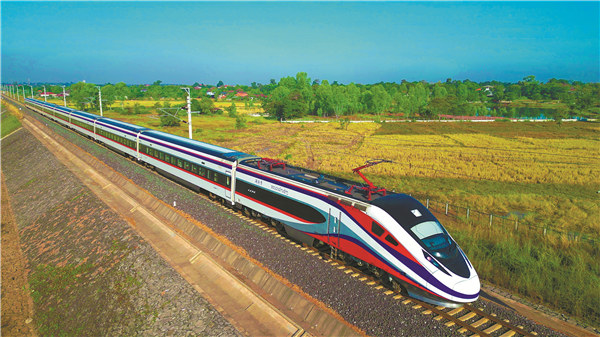

Official's personal history sheds additional light on Beijing's increasingly vital role in regional development
For Keomorakoth Sidlakone, assistant to Laos' minister of industry and commerce, China is not only a friendly neighbor and essential economic partner, but also a country with which he has deep personal connections.
Sidlakone first visited China in 1970 at the age of six. "Between 1967-75, the United States invaded the Indochina Peninsula, and the Chinese government helped Lao revolutionary family members continue their education in Nanning in the Guangxi Zhuang autonomous region. Around 2,000 children, including myself, went to live in China as US bombs were dropped in our country," said the now 60-year-old Sidlakone.
The school where they studied, Junior 67 School, opened in 1967 as the result of a joint decision by Laos and China. It later expanded to include kindergarten and primary school classes from grades one to six, and accommodated Lao teachers and students.
"I lived in Nanning for five years, from 1970 to 1975," Sidlakone said.
"At school, we studied in Lao, but the facilities and logistics were supported by the Chinese government.After graduating from the Junior 67 School, I returned home to continue my high school education. At present, the Guangxi Party Committee and local government are preserving the Junior 67 School as a provincial memorial."
Reflecting on this past, Sidlakone emphasized his deep connection with China.
"From my perspective, I feel that China is a very close and long-standing friend to Laos. I have never forgotten its support during difficult times," he said.
"The Chinese government supported Laos in many ways, not only in terms of economics but also education, agriculture and other fields.Many Lao students received scholarships to study in China, and when they returned, they brought valuable experience back to Laos. Many high-level officials in the Lao government were recipients of scholarships from China."